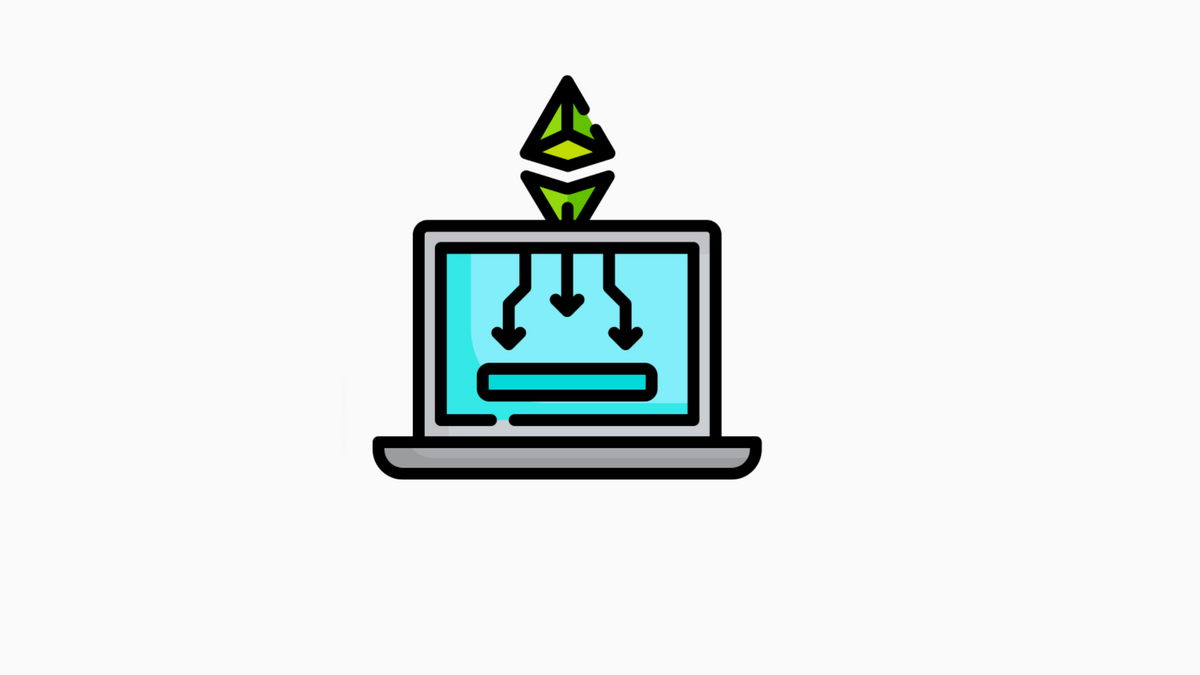Ethereum and Solidity

If you want to create a decentralized application, you might be wondering which platform to use.
Ethereum is powered by Ether, a cryptocurrency whose value is determined by the market.
These apps run on a custom-built blockchain, an enormously powerful shared global infrastructure that can move value around and represent property ownership.
This enables developers to create markets, store registries of debts or promises, move funds in accordance with instructions given long in the past (like a will or a futures contract), and many other things that have not been invented yet, all without a middleman or counterparty risk.
Solidity is a contract-oriented programming language for writing smart contracts. It was designed for writing secure and efficient code on the Ethereum platform.
How to use Ethereum and Solidity
To use Ethereum and Solidity, you first need to create an account. Then, you will need to install the Ethereum wallet. You can find installation instructions on the Ethereum website. After installing the Ethereum wallet, you will need to create a new account. Click on “Accounts” and then “Create New Account” to do this.
Next, you will need to fund your account.
Click on “Send” and then “Ether” to do this.
Enter the amount of Ether you want to send and then click on “Send.”
You will then be asked to enter your password. After you have entered your password, click on “Confirm Transfer.”
Now that your account is funded, you can start using Ethereum and Solidity. You will first need to create a new smart contract to do this.
How to set up a development environment?
To start developing on Ethereum, you will need to set up a development environment. This article will show you how to do that. We will be using the Solidity language for our examples.
First, you will need to install the Ethereum Wallet. This software allows you to manage your Ethereum account and transactions.
You can download it from https://ethereum.org/downloads/.
Once you have installed the Ethereum Wallet, you will need to create a new account. Click on “File” and then “New Account” to do this.
Enter a password and click on “Create New Account.” Make sure to remember this password, as you will need it later.
Next, we will need to install Solidity. You can download it from https://solidity.readthedocs.
How to create a smart contract?
Contracts are the lifeblood of business. They establish the terms and conditions under which two or more parties agree to interact. In the physical world, we have contracts in written agreements, but in the digital world, we can create contracts using code.
This is where smart contracts come in. Smart contracts are computer programs that run on a blockchain network like Ethereum. They allow you to encode the terms and conditions into code and automatically enforce them when certain conditions are met.
The best part is that you don’t need special knowledge or experience to create a smart contract. All you need is some basic programming knowledge and a tool called Solidity. Solidity is a programming language specifically designed for creating smart contracts on Ethereum networks.
Testing and debugging smart contracts
Testing and debugging smart contracts is a critical part of the development process. Therefore, it is important to test them thoroughly to ensure that they work as expected when writing contracts. This can be done with various tools, including online testing services and locally installed development environments.
It is also important to debug contracts when something goes wrong. Debugging can help identify the cause of errors and fix them. There are a number of debugging tools available, including online services and locally installed development environments.
Deploying smart contracts
Deploying a smart contract is uploading the contract code to the blockchain. This can be done through various Ethereum clients, such as Geth and Parity. The network then executes the contract code, and the resulting state is stored on the blockchain.
One important thing to note is that smart contracts are publicly-viewable, meaning that anyone can view the source code. Unfortunately, this also means that anyone can see the transactions and state changes associated with a contract.
Final Thought
Ethereum and Solidity provide a strong platform for developing blockchain applications. Their features allow for robust smart contracts and decentralized applications. Furthermore, their development communities are active and growing.
As a result, Ethereum and Solidity provide an excellent foundation for blockchain development.